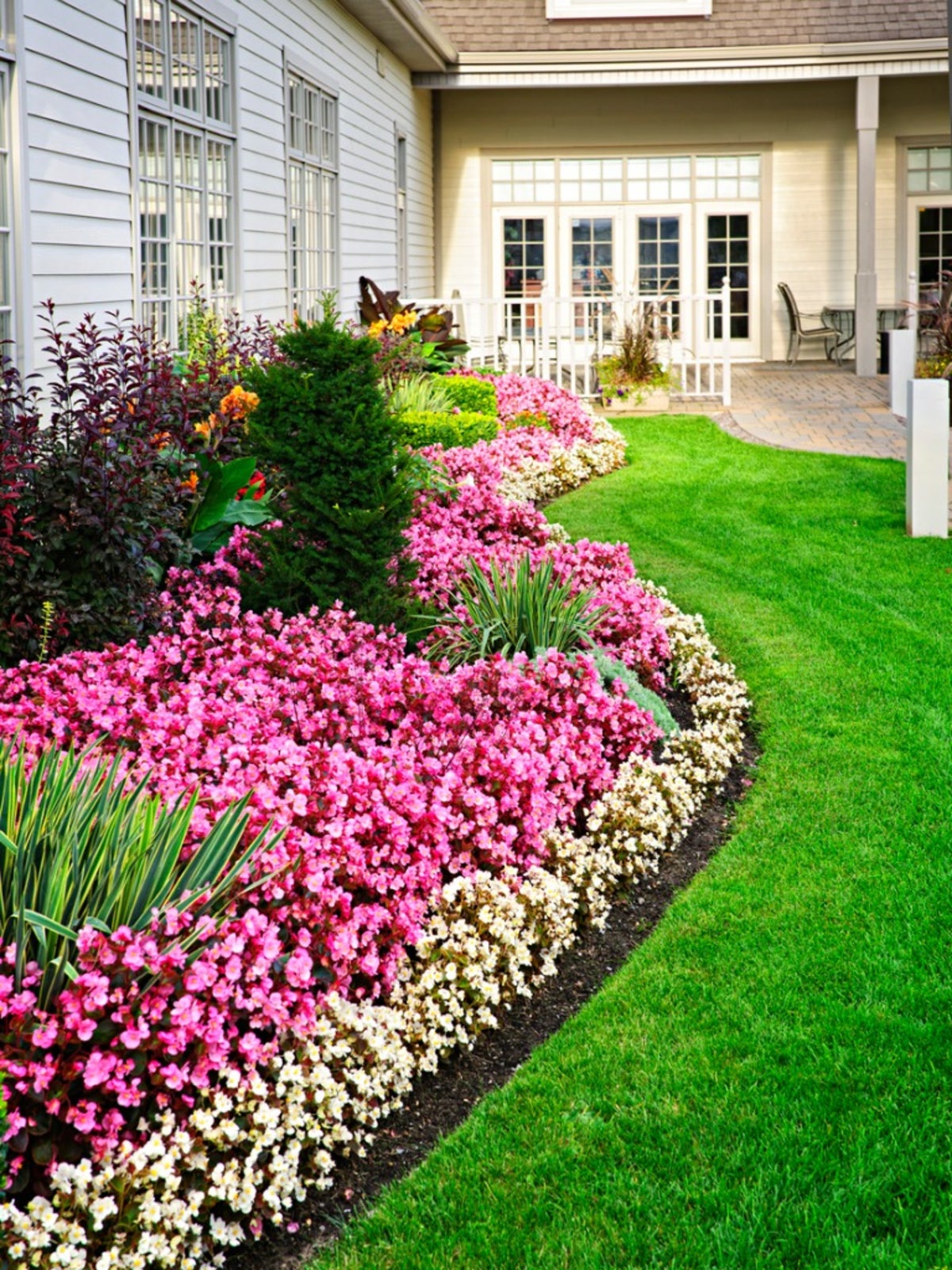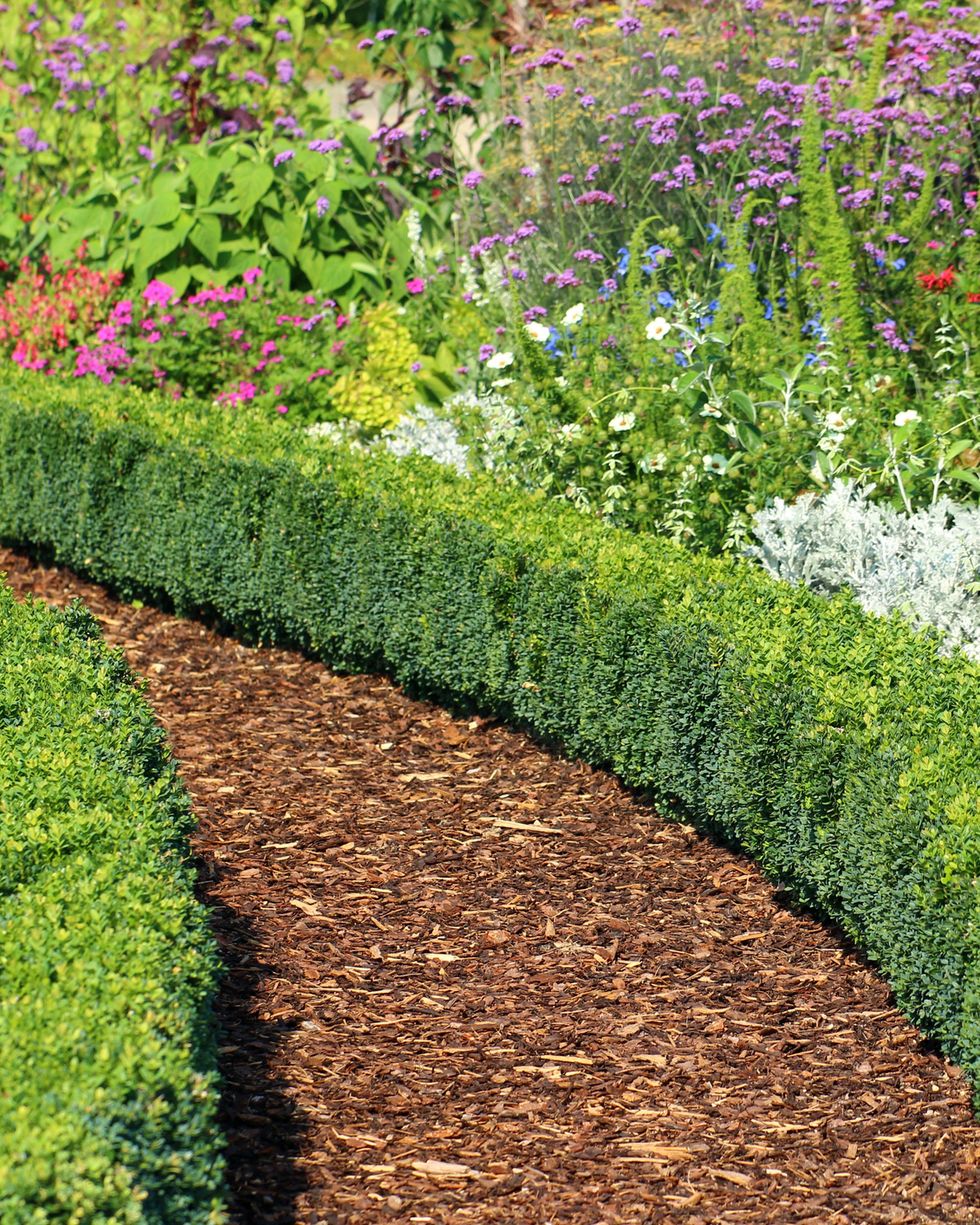Garden beds, walkways, and other landscape elements have precise borders defined by edging plants. They offer colour, texture, and visual appeal to your outdoor space while creating a clean transition between different sections. A harmonious and well-planned landscape must be created, and this requires careful selection of edge plants.
We’ll look at how to select edge plants in this article based on your landscape requirements and tastes.
Consider the Purpose of the Edging
Think about the function that bordering plants will play in your environment before choosing them. Do you want to formally border off a driveway or pathway? Do you wish to soften the edges of your garden beds or highlight specific areas of your landscape? If you know what the edging is for, you can choose plants that meet both the functional and aesthetic needs.
A landscape professional comprehensively understands design principles, plant species, soil types, and climate conditions. With their help, you can design a stunning garden that compliments your home and environment.
Evaluate the Garden
The growing conditions in the region where you wish to plant edge plants should be evaluated, taking into account elements like soil type, moisture content, and sun exposure. To preserve the health and lifespan of your plants, choose those that are suited for these circumstances. Select plants that can withstand heat and drought if the region receives full sun. For plants, well-draining or sandy soil is ideal.
Determine the Height and Spread
Consider the height and spread of edging plants in relation to the size and scale of your landscape features. Shorter plants are good for demarcating the boundaries of garden beds and borders, while taller plants could be better suited for creating a dramatic border along a pathway or retaining wall. Select plants that don’t spread out or become overgrown by choosing ones with a compact growth habit.
Select Plants with Year-Round Interest
To guarantee that your landscaping looks good all year round, use edging plants that offer visual appeal. Seek for plants that will give your landscape design depth, such as vibrant foliage, blooming at specific seasons, or intriguing textures. For year-round solidity and structure, think about using evergreens, which can be complemented with seasonal flowering plants for more colour and variation.

Go for Low Maintenance Plants
To maintain the best-looking environment with the least amount of work, choose edge plants that need little upkeep. Pick plants that are pest-, disease-, and drought-tolerant to reduce the need for frequent watering, pruning, and insect control. Avoid plantings that develop quickly since they may require frequent pruning or other maintenance to keep them under control.
Elements of Landscape Design
Pick edging plants that blend in well with the hardscape features, trees, and bushes that are already there. When choosing edging plants, take into account the hues, textures, and architectural designs of the surrounding flora and buildings to create a unified and beautiful landscape design. For a united and harmonious appearance, match your plant choices to the landscape’s general theme or colour palette.
Experiment with Different Varieties
Try out a few different edging plant species; you’ll know which one works best for your area. To gain ideas for your landscape design and to view a wide selection of plants, visit nearby nurseries and garden centres. To create a dynamic and varied edging border that gives visual appeal and texture to your outdoor space, think about combining and matching different plant species.
Plan for Future Growth
To avoid future maintenance problems and overpopulation, take into account the edging plants’ potential for long-term growth and make plans appropriately. Plants should be spaced based on their mature size and growth tendencies, with allowance for growth as they establish and mature. To keep bordering plants in their proper form and size, keep a regular eye on their growth and prune as necessary.

Conclusion
For a landscape to be well-thought-out and harmonious, selecting the appropriate edging plants is vital. You can choose edging plants that improve the aesthetics and practicality of your outdoor area by taking into account elements like the intended use of the edging, growing conditions, height and spread, year-round interest, maintenance needs, coordination with current landscape elements, and future growth potential. You may design a breathtaking landscape that expresses your individual style and improves the curb appeal of your house with careful planning and deliberate selection.




